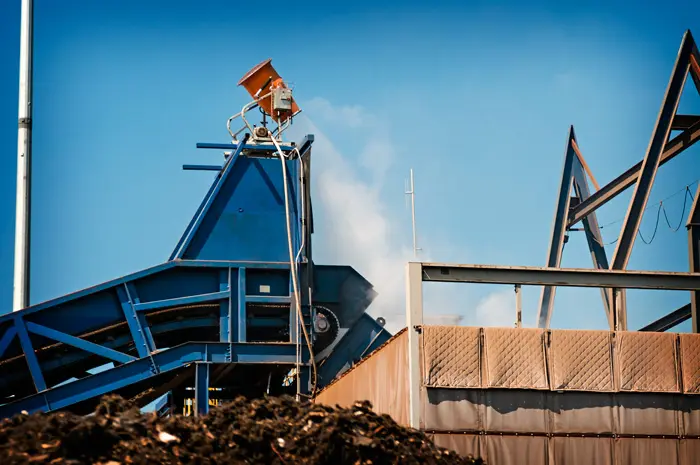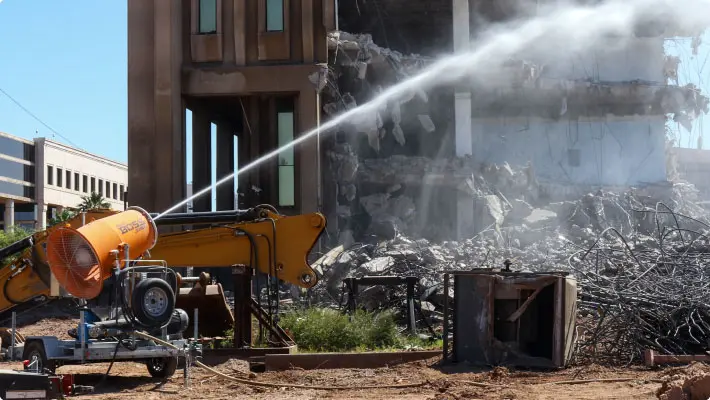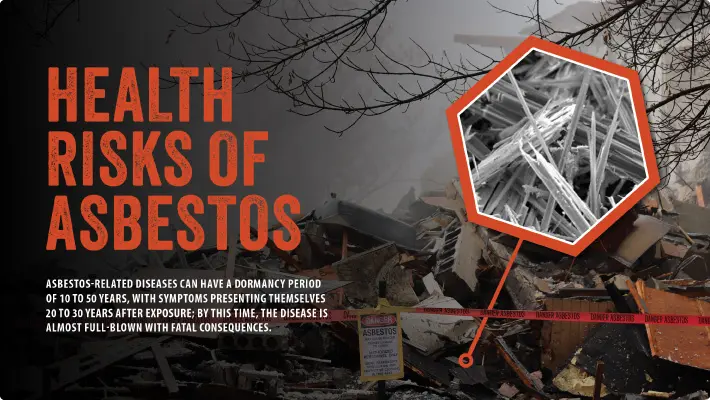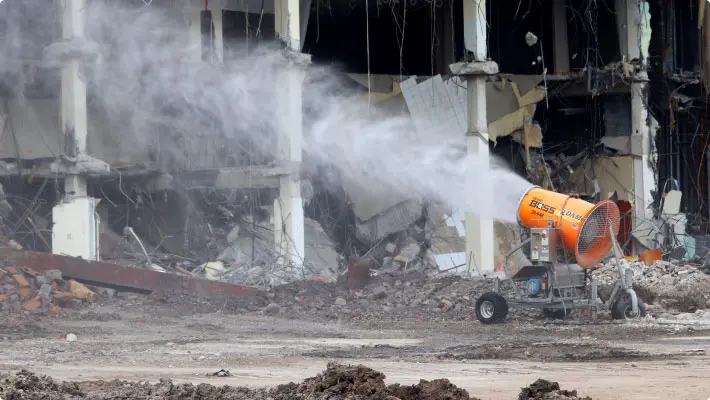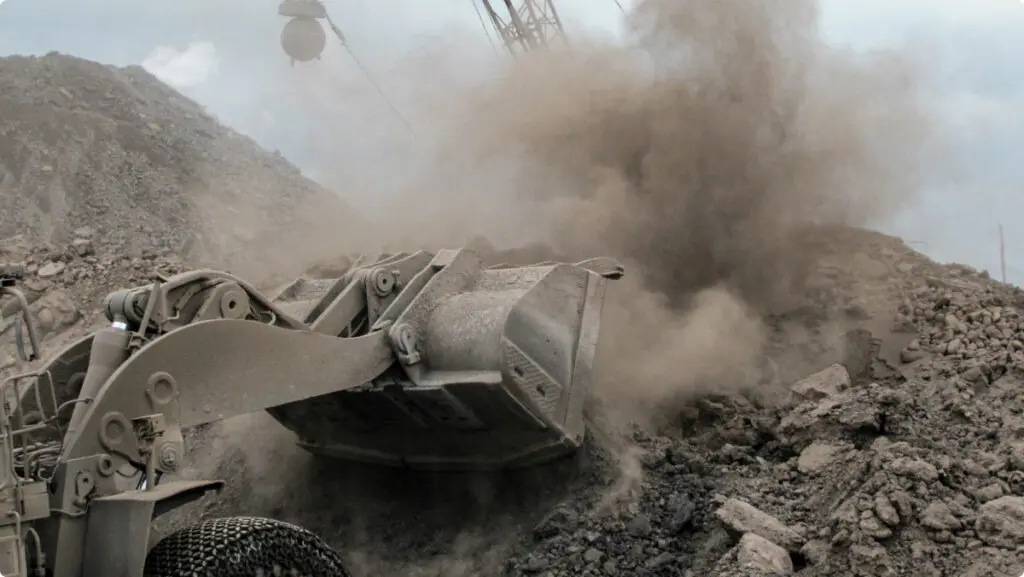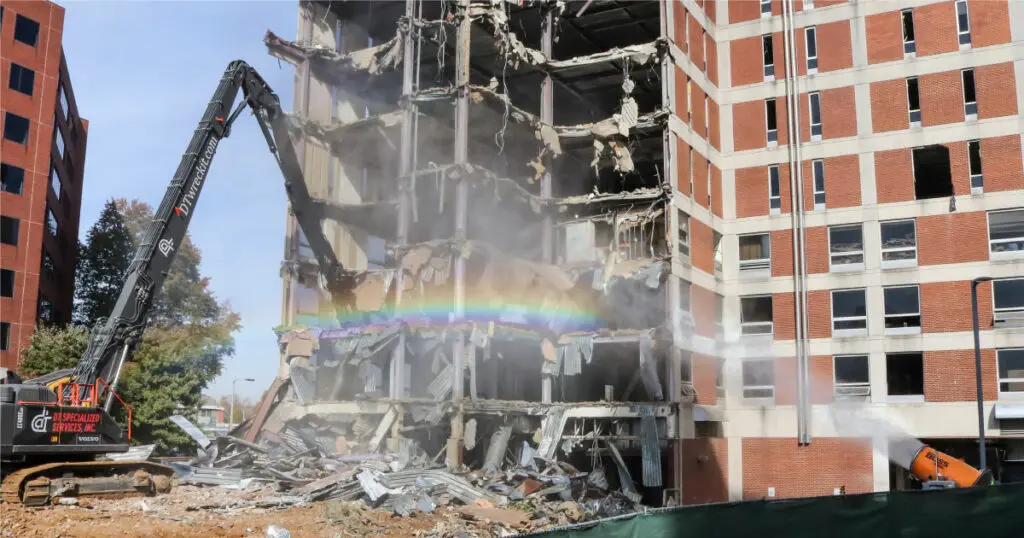One of the largest metal recyclers in the Midwest is knocking down shredder dust with a pair of dust suppression systems, helping operators to increase production by as much as 30 percent.
"We recognized that we needed to go beyond the integrated injectors and closed-loop system of the shredder, so we began researching additional mitigation techniques."
A spokesman said the equipment is so effective that the company can now run its shredder line even on days when dusty source materials and unfavorable wind conditions might have prevented operations in the past.
The powerful DustBoss dust suppression machines were also a key element in securing EPA approval for a new shredder. Successfully meeting the requirements allowed the facility to begin processing automotive scrap, a market in which it could not be competitive using its existing equipment.
In addition to aiding the permit process, the company estimates the benefits have been so significant that the dust suppression system paid for itself in about six months.
The scrapyard dust control plan
The recycling facility is a privately owned scrap buyer and recycler processing about 30,000 tons per month of both ferrous and non-ferrous scrap.
The firm recycles aluminum, stainless steel, copper, brass, allows and all grades of iron and steel. The company accepts aluminum cans, appliances, radiators, junk cars, trucks, construction steel and siding from businesses and consumers.
About 1,500 tons per month is municipal debris (incinerator scrap), which has a high ash content and large potential for dust generation.
In late 2008, company officials wanted to gain process efficiency and broaden recycling capability by installing an American Pulverizer 80x104, a 4,000 HP machine capable of shredding 100+ tons of metal per hour. The unit features water injectors to control dust and prevent explosion hazards, as well as a closed-loop conveyor system to mitigate dust when materials go through the separator.
In addition to greater shredding ability, the AP design would allow the firm to eliminate shearing and baling of materials that could not be shredded with its existing production line.
"To obtain EPA approval to install the new equipment, we had to satisfy specific requirements during the permit application process. We also worked with a local group to develop a dust control plan," said the Shredder Operations Manager. "We recognized that we needed to go beyond the integrated injectors and closed-loop system of the shredder, so we began researching additional mitigation techniques."
"The portability appealed to us, so we could position it to accommodate different wind directions."
Part of the challenge was the size and complexity of the processing line's conveyor system, which measures 300 feet end-to-end and includes 17 conveyor segments in all. Dust could be generated from a number of feeds and transfer points and the weather was a large factor in determining where suppression was needed on any given day.
After finding an Internet video featuring the DustBoss and learning about a standing offer for risk-free rental, the company arranged an equipment trial.
"We tested a DB-60 at the stockpile where incoming material feeds onto the conveyor," the manager said. "The portability appealed to us, so we could position it to accommodate different wind directions."
Company officials were so pleased with the results that they decided to purchase the unit.
Added Control
In an effort to achieve even greater dust suppression, the customer also added water nozzles to some of the conveyors, but officials noticed that material dropping from the incoming feeder to the main conveyor continued to generate a significant amount of dust.
To address the issue, they decided to conduct a trial with a DustBoss DB-45, a mid-sized unit. Positioned over the shredder to alleviate airborne particles at the transfer point, the DB-45 helped control the dust without over-saturating the material, and company officials decided to purchase the second unit.
With the two dust suppression units in place, the manager said the facility has been able to run the shredder continuously, five days a week.
"We've been very happy with the results we've achieved," he said. "We received excellent service and support and I would recommend the DustBoss to other shredding companies."
New DustBoss units are covered by an industry-best 5-year/5,000 hour warranty.
CUSTOMER
Metal Recycling Operation
LOCATION
Midwestern U.S.
CHALLENGE
Find a way to control dust from a high-volume metal shredding operation, helping the customer obtain EPA approval to install new and larger equipment that would allow the company to increase production and compete in new markets. The solution also had to meet with the approval of a local group as an appropriate dust control plan.
SOLUTION
Two DustBoss® 60s (DB-60s) and one DustBoss 45 (DB-45)
RESULTS
The company first rented a DB-60 on a risk-free trial basis, which led to the purchase of two machines, becoming a key element in the dust management solution and helping the company secure EPA approval for a new 4,000 HP shredder. The equipment has been so effective that operators have been able to run the new shredder line even on days when unfavorable wind conditions exist, contributing to a production increase of as much as 30%.
One of the largest metal recyclers in the Midwest is knocking down shredder dust with a pair of dust suppression systems, helping operators to increase production by as much as 30 percent.
"We recognized that we needed to go beyond the integrated injectors and closed-loop system of the shredder, so we began researching additional mitigation techniques."
A spokesman said the equipment is so effective that the company can now run its shredder line even on days when dusty source materials and unfavorable wind conditions might have prevented operations in the past.
The powerful DustBoss dust suppression machines were also a key element in securing EPA approval for a new shredder. Successfully meeting the requirements allowed the facility to begin processing automotive scrap, a market in which it could not be competitive using its existing equipment.
In addition to aiding the permit process, the company estimates the benefits have been so significant that the dust suppression system paid for itself in about six months.
The scrapyard dust control plan
The recycling facility is a privately owned scrap buyer and recycler processing about 30,000 tons per month of both ferrous and non-ferrous scrap.
The firm recycles aluminum, stainless steel, copper, brass, allows and all grades of iron and steel. The company accepts aluminum cans, appliances, radiators, junk cars, trucks, construction steel and siding from businesses and consumers.
About 1,500 tons per month is municipal debris (incinerator scrap), which has a high ash content and large potential for dust generation.
In late 2008, company officials wanted to gain process efficiency and broaden recycling capability by installing an American Pulverizer 80x104, a 4,000 HP machine capable of shredding 100+ tons of metal per hour. The unit features water injectors to control dust and prevent explosion hazards, as well as a closed-loop conveyor system to mitigate dust when materials go through the separator.
In addition to greater shredding ability, the AP design would allow the firm to eliminate shearing and baling of materials that could not be shredded with its existing production line.
"To obtain EPA approval to install the new equipment, we had to satisfy specific requirements during the permit application process. We also worked with a local group to develop a dust control plan," said the Shredder Operations Manager. "We recognized that we needed to go beyond the integrated injectors and closed-loop system of the shredder, so we began researching additional mitigation techniques."
"The portability appealed to us, so we could position it to accommodate different wind directions."
Part of the challenge was the size and complexity of the processing line's conveyor system, which measures 300 feet end-to-end and includes 17 conveyor segments in all. Dust could be generated from a number of feeds and transfer points and the weather was a large factor in determining where suppression was needed on any given day.
After finding an Internet video featuring the DustBoss and learning about a standing offer for risk-free rental, the company arranged an equipment trial.
"We tested a DB-60 at the stockpile where incoming material feeds onto the conveyor," the manager said. "The portability appealed to us, so we could position it to accommodate different wind directions."
Company officials were so pleased with the results that they decided to purchase the unit.
Added Control
In an effort to achieve even greater dust suppression, the customer also added water nozzles to some of the conveyors, but officials noticed that material dropping from the incoming feeder to the main conveyor continued to generate a significant amount of dust.
To address the issue, they decided to conduct a trial with a DustBoss DB-45, a mid-sized unit. Positioned over the shredder to alleviate airborne particles at the transfer point, the DB-45 helped control the dust without over-saturating the material, and company officials decided to purchase the second unit.
With the two dust suppression units in place, the manager said the facility has been able to run the shredder continuously, five days a week.
"We've been very happy with the results we've achieved," he said. "We received excellent service and support and I would recommend the DustBoss to other shredding companies."
New DustBoss units are covered by an industry-best 5-year/5,000 hour warranty.
Implement Dust Control at Your Jobsite!
Receive a FREE quote and talk to a dust control specialist today to stop fugitive dust!
Get A Quote
More on BossTek
Subscribe and Stay Up-to-Date!
Receive a monthly newsletter keeping you up-to-date on the latest in dust and odor control.
Subscribe

